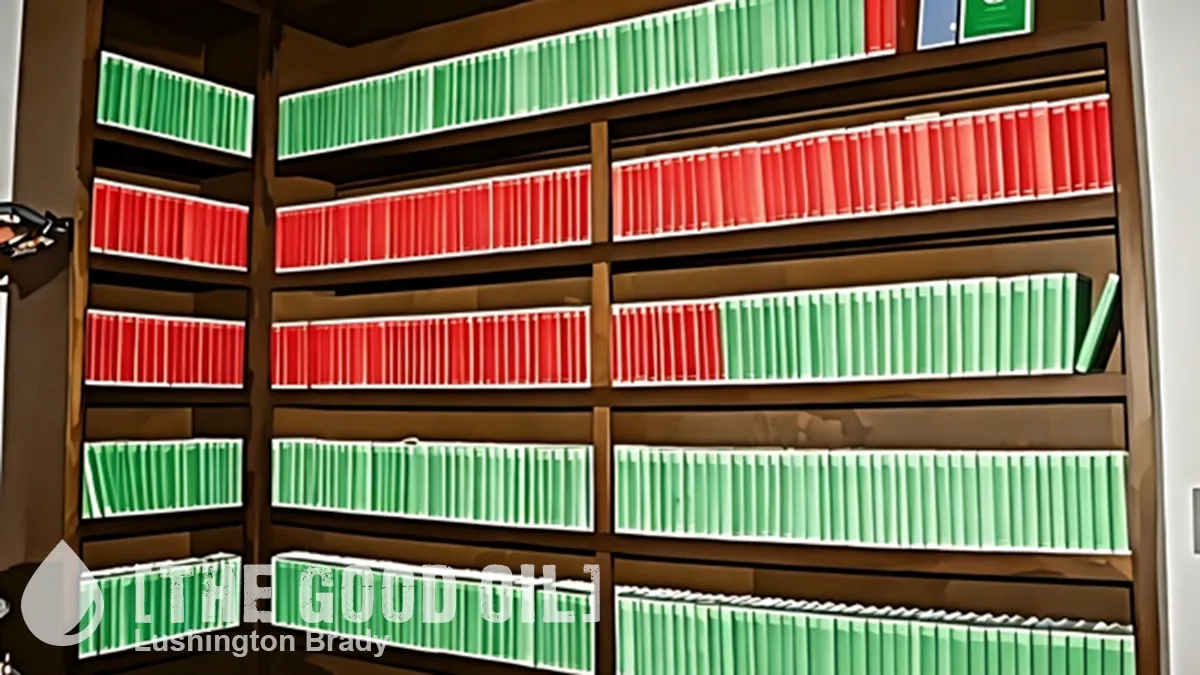The story of refugee Ibrahim Aziz, who is apparently leaving the country to start a new life in Malaysia, has highlighted a real problem with our increased refugee intake; once they leave the resettlement centre, we have nowhere for them to live.
That is hardly surprising when the number of homeless Kiwis has skyrocketed in the past few years, with Kiwibuild, supposedly building affordable houses for young families, being an abject failure. There are over 11,000 people on state housing waiting lists, and the government has increased our refugee quota so that we are bringing in more people that we simply cannot house.
New refugees in New Zealand are getting stuck at South Auckland’s resettlement centre because there are no houses for them to move on to.
Nearly half of the 1000 refugees who arrived in the last year have remained at the Mangere Refugee Resettlement Centre beyond the six-week introductory programme.
The delay in housing them is being blamed on a shortage of social and private rental properties, not only in Auckland but in other resettlement centres such as Dunedin and Invercargill.
Advocates say the delays can badly affect refugees, many of whom have been displaced for years when they arrive in New Zealand. They are also concerned that the problem could dampen Government or public appetite for increasing its quota further.
There is already an outcry that we should be housing our own people first, before bringing more in from overseas. There is no point in bringing in more people that we cannot accommodate. This only makes the housing shortage worse and puts pressure on social services that try to help the new arrivals.
Immigration New Zealand national manager refugee division Andrew Lockhart said constraints on the supply of social and private rental housing had meant some quota refugees had remained at the centre after their six-week programme.
He said there was room for them at the resettlement centre because it was being expanded to cope with the increased quota in July.
But what happens when the next boatloads start arriving?
Most refugees qualify for social housing. The official waiting list in March for social housing was 11,067 individuals or families – up 40 per cent from a year earlier. The Government plans to build more social housing, but it is planning only 6400 more houses and they won’t be built until 2022.
If Kiwibuild is anything to go by, they won’t be built this century.
Lees-Galloway said he was confident the housing shortfall would be resolved when six new resettlement locations were opened up next year.
At present refugees are resettled in eight regions. This year Timaru, Whanganui, Blenheim, Masterton, Levin and Ashburton are being added to the list.
A Newspaper.
I have heard that every rental that comes available in Blenheim has 70 to 80 applicants. I can see this is going to work well for refugees settled there.
Back to Ibrahim Aziz. He ended up homeless, living in a van, and he was very frustrated because all he really wanted to do was to get a job. While I admire his work ethic, the advice given at the resettlement centre that he should work on improving his English was sound, even if he chose to ignore it. He has now decided to move to Malaysia because he couldn’t make things work out here.
All of that is very commendable, and at least it can be said that Mr Aziz did not want to be a bludger, but… we need an explanation as to why someone who clearly has options as to where he wants to live in the world was being treated as a refugee in New Zealand?
Clearly he was not a refugee. He was an economic migrant.
That begs the next question, of course. How many of these so-called ‘refugees’ are in fact economic migrants? And why are we building resettlement centres and providing housing for people who, if they feel like it, can simply head off elsewhere? I believe that such people are generally known as ‘country shoppers’, and they need to start shopping elsewhere.
There is something very wrong in all of this. Thank you, Ibrahim Aziz, for pointing it out.






